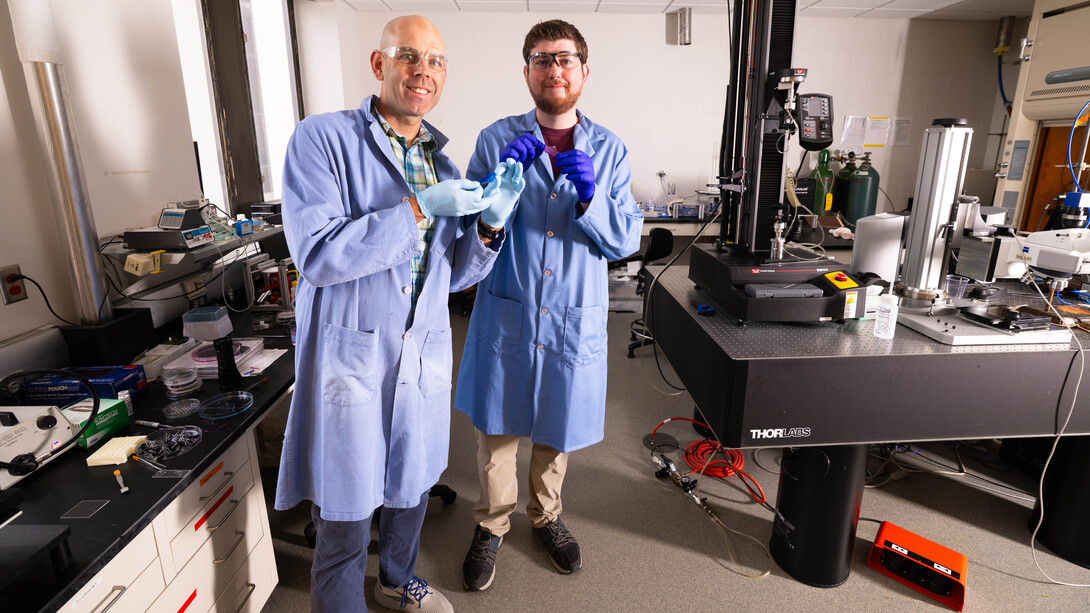January
Abraham Gibson, history, was interviewed for the Jan. 7 episode of the Discovery series “Moonshiners.”
researchers Janos Zempleni, nutrition and health sciences, and Jiantao Guo, chemistry, have launched the startup Minovacca, to commercialize the use of universal milk exosomes — natural nanoparticles contained in milk — to transport cargo to human cells. Articles on the startup appeared in the Lincoln Journal Star, New Atlas and Nutrition Insight.
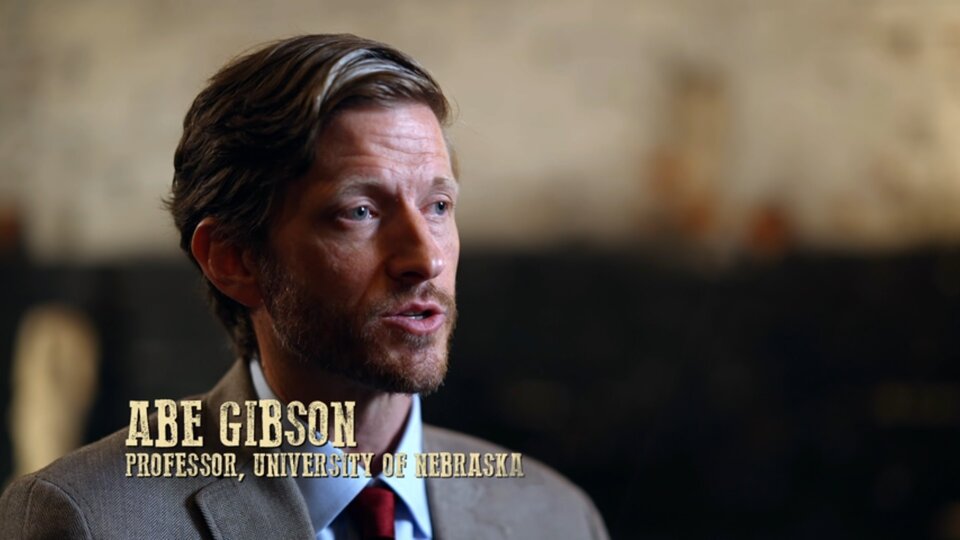
March
Researchers Brandi Pessman and Eileen Hebets, biological sciences, published a study demonstrating that the webs of funnel-weaving spiders transmit vibrations differently in response to increased local environmental noise. Stories on the research appeared in KHGI, Earth.com, The New York Times and Smithsonian Magazine.
Andrew Husa, School of Global Integrative Studies, and colleagues are conducting the South Dakota Migration Survey to better understand why those who grew up in South Dakota decided to stay in the state or leave. The Mitchell (South Dakota) Republic and Yankton (South Dakota) Daily Press and Dakotan ran articles on the survey.
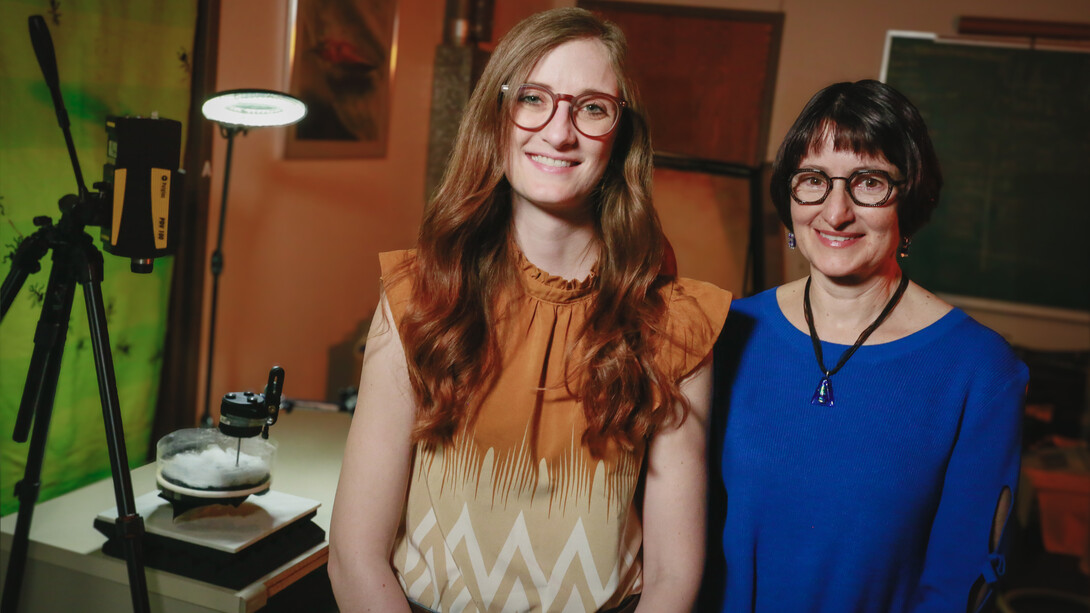
April
Adam Houston, Earth and atmospheric sciences, was interviewed for an April 3 segment on CNN about severe weather in the southeast United States. It was “pretty unprecedented” for a region to see multiple days of severe weather in a row, he said, but climate change is likely leading to more variability in the weather than to more severe storms.
Margaret Jacobs, history, director of the Center for Great Plains Studies, was interviewed for an April 16 Washington Post article (subscription) on the National Endowment for the Humanities recently terminating about $1.5 million in grants to research Indian boarding schools.
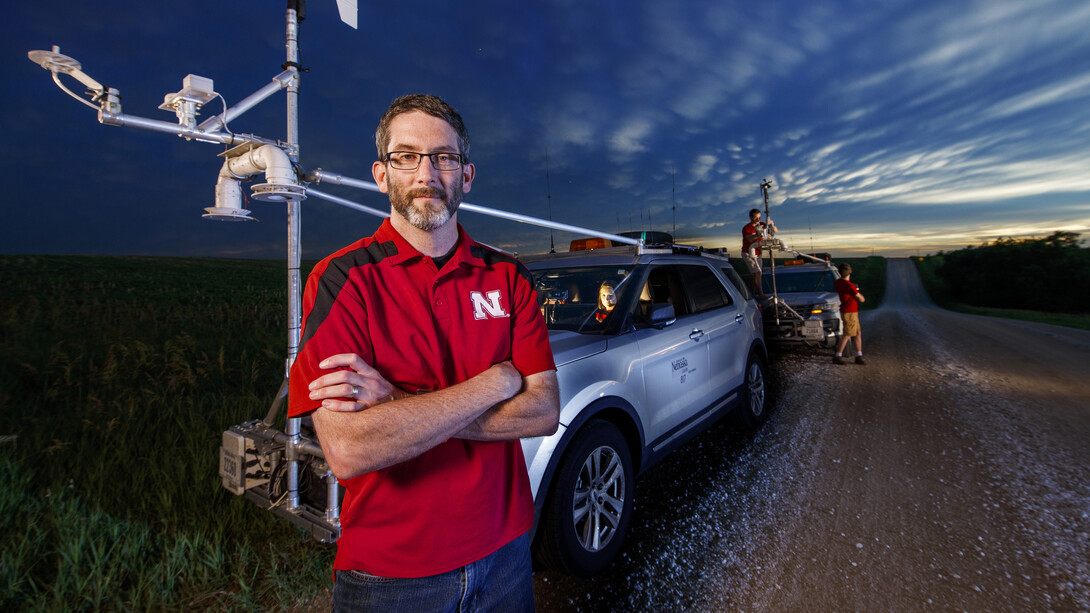
May
The journal Nature published a May 21 feature on Kevin Liévano-Romero, a fourth-year doctoral student in parasitology/biological sciences.
Virologist Eric Weaver and his team published a study about a new vaccine strategy that protects against H1N1 swine flu and can also protect against influenza in humans and birds, which appeared in Farms.com, The Microbiologist, National Hog Farmer, and several other state and national media outlets.
Joseph Yesselman, chemistry, was interviewed for a May 30 Nature Methods article on the growing toolbox of techniques helping researchers understand the structural complexity of RNA.
A 2017 study by alumnus John Kiat and Jacob Cheadle, a former Husker sociologist, was highlighted in a May 31 Inc. article. The researchers mapped brain functions to show that empathy is altered by putting a name to a face.
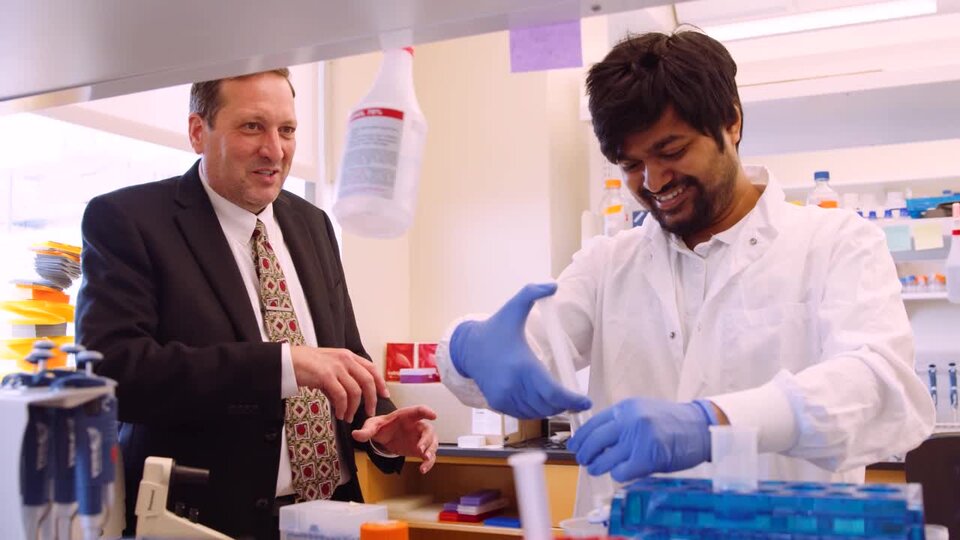
June
Stephin Morin, associate professor of chemistry, and colleagues are developing synthetic skins, based on cephalopods, that will support next-generation “soft” machines, robots and other devices. Articles appeared in Interesting Engineering, Phys.org, Scienmag and Sustainability Times.
Alice J. Kang, political science and ethnic studies, co-wrote a piece for The Conversation on the lack of female political leaders in Nigeria shaping children’s views.
Katherine Bogen, a doctoral student in psychology, was interviewed for a New York Times article on disappearing federal funding for medical research. She was also featured in an episode of the Times podcast “The Daily.”
Yeutter Student Fellows Zanib Al Razaq and Matthew Gillespie spent spring break in Ghana to research how an irrigation company could best position itself to help meet Africa's irrigation needs, The Fence Post reported.
The University of Nebraska system landed among the top 100 universities with the most U.S. utility patents granted in the 2024 calendar year, Silicon Prairie News reported June 26. Several projects were led by CAS researchers.
